Truck Companies and the Garden Apartment Fire – A Case Study: Part 1
We have all responded to the fires that just didn’t go well.
In many cases, the only thing hurt was our pride and the building. In some cases, we got hurt, civilians got hurt, or we lost someone. I want to touch on one such event in this article. I want to make clear, this is not a bashing session or a finding fault session, it is a LEARNING session. As I have pointed out on most of my writings, we need to learn from every event, good or bad. Some will agree with what I believe are the lessons, some will not.
Keep in mind that we are all in this to get better.
On January 19th, 2011 a call for a kitchen fire was made to 911. This kitchen fire was reported to be in an apartment in what we have come to know as a “garden” style apartment building. This particular building housed 2 large apartments on each of the 3 floors.
NIOSH and the ATF did an extensive review of this event which can be accessed by these two links.
https://www.baltimorecountymd.gov/sebin/a/m/b_atffireanalysis120319.pdf
https://www.cdc.gov/niosh/fire/reports/face201102.html
Please take the time to review these studies to better understand the coming articles. As this event progressed, we ultimately lost a great father, husband, son and instructor. This and subsequent articles will focus solely on the functions of the truck company and how some adjustments in how we operate at these fires may prevent another similar event.
Background
Two truck companies where dispatched on each of the 3 alarms on the January 19th incident. The first due truck arrived approximately 3 minutes after the first arriving engine company. These folks were faced with a well involved below grade single apartment. They had confirmed entrapment on at least two floors. The second due truck arrived approximately four minutes after the first truck.
Best Practices
To the initial two truck crews credit they functioned as was the normal operation for this type of event. The first truck took position on side a (front), the second truck took side c (rear). From this point we are unsure exactly what each crew member did but rest assured they were working hard. What I want to focus on is what we can do and the importance of the truck crews.
Back to Position and Task Assignments
The overwhelming facts of this event point me in the direction of pre-assigned task based on riding positions and type of occupancy. We as a Truck crew must address, size-up, forced entry (for each apartment), laddering for rescue, search, ventilation and confining the fire (door control). Each one of these functions must be assigned and carried out in a pre-determined order. Particularly when you have multiple rescues (grabs) and potential for rapid fire spread.
There are several aspects of this event that lead us to consider how important carrying out our assigned task is to the overall goal of survivability. If for some reason, you cannot carry out that task, you must let the other team members know. This becomes especially true when dealing with garden style apartment buildings or any other multi-dwelling. In this case we had a well involved apartment on the ground floor of a 3 story. That forces us to operate above the fire. This is where experience pays off big. You must protect yourself and anyone else working above the fire.
In the next article, we will discuss each aspect of the required tasks and the impact they have on survivability and getting the job done!
Until then be safe, stay low and learn!
All Photos Credit: FADO Fox BCoFD
Part 1 of 3
Part 2 Link:
Part 3 Link:

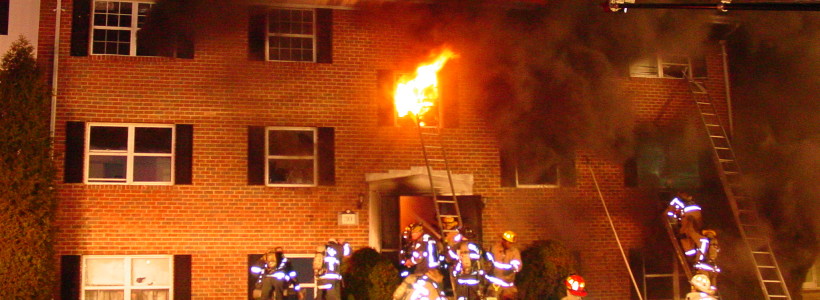
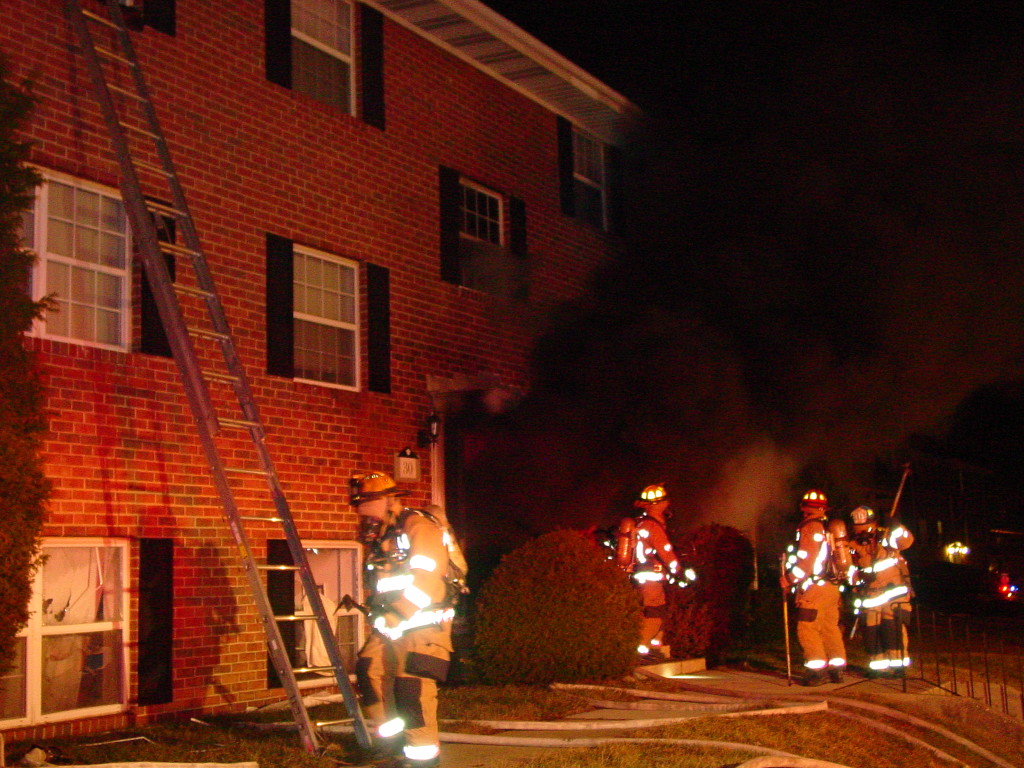
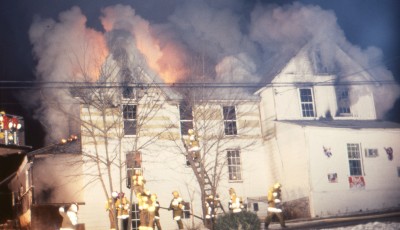
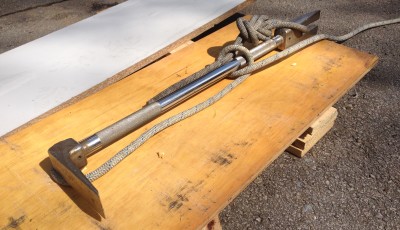

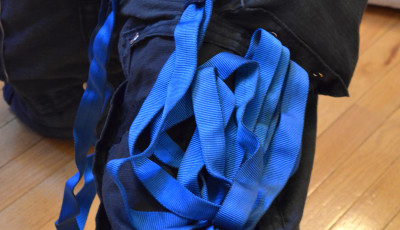
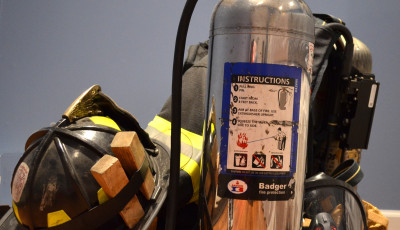
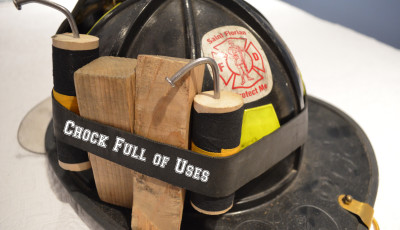




Thanks for always being alert and protect all citizens!
Pingback: Truck Companies and the Garden Apartment Fire – A Case Study: Part 2 | FireFighterToolBox
Pingback: Truck Companies And The Garden Apartment – A Case Study: Part 3 | FireFighterToolBox